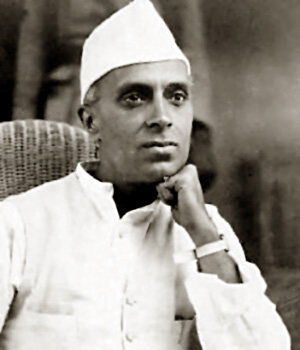 Impact of Lahore Resolution was mainly felt with the high level criticism made by Indian Congress, Hindu Mahasabha and Sikh leaders. There had been number of allegations over the demand for new state of Pakistan made by Jinnah. The Lahore resolution came at a time when the Indian politics was going through a period of political stalement All the league leaders were engaged their own local politics .As far as Jinnah`s position was concerned the congress had ignored its relevance during its Patna and Ramgarh session and even Linlithgow was tired of Jinnah`s political thrills and suggested Jinnah to find some constructive methods for political settlement in India.
Impact of Lahore Resolution was mainly felt with the high level criticism made by Indian Congress, Hindu Mahasabha and Sikh leaders. There had been number of allegations over the demand for new state of Pakistan made by Jinnah. The Lahore resolution came at a time when the Indian politics was going through a period of political stalement All the league leaders were engaged their own local politics .As far as Jinnah`s position was concerned the congress had ignored its relevance during its Patna and Ramgarh session and even Linlithgow was tired of Jinnah`s political thrills and suggested Jinnah to find some constructive methods for political settlement in India.
Muhammad Ali Jinnah`s demand for the state of Pakistan was heavily rejected and condemned by the Indian National Congress, Hindu Mahasabha and the Sikhs. The demand for Pakistan directly affected the entire Indian union of India particularly the states which were claimed to be divided within two nations. The most prominent among them was the state of Punjab which had half of its population living in west Punjab to be divided towards Pakistan and Bengal with a huge number of people staying in east Bengal.
The state of Bengal had a majority of Muslim population living in West Bengal. Hence, it was heavily condemned by the Sikhs who would have to surrender their place of holy land to Muslim domination. Rajagopalachari condemned the resolution as a mischief mainly intended to threaten India of the consequent destruction to be followed on. Hindu Mahasabha rejected the resolution by claiming that it was a step closer towards a civil war within two nations on the basis of religion. While the British kept silent on the issue as it would serve to their policy of divide and rule, Congress under Jawaharlal Nehru declared that it had nothing to do with mad proposals of Muslim League.
In spite of its mass rejection and condemnation the resolution remained at the crux of Muslim politics which did not demoralise Jinnah who fought for it till the end. As for the reaction of the Muslims from the Muslim majority region the idea of division was not confirmed expression of political aspiration of a strong Muslim communal nationality from below. Nevertheless the evidences never rejected the fact that the Lahore Resolution had changed the political complexion of the Indian subcontinent. The political ramifications at the provincial level marked the fact that the resolution could not be rejected or ignored for long. It further changed the political complexion of Punjab who was forced to have an unpredictable future in front of them. Moreover the status of the Sikhs also came under doubt where the Sikhs were the Sikhs were in minority.
All this bring us to believe that the Lahore resolution was the first resolution which had the vision for a new nation of Pakistan .This gave some respite to Jinnah to create a strong hold in Indian politics. As for the nationalist leaders in India it only began anew episode of conflict which lasted till the end.



















